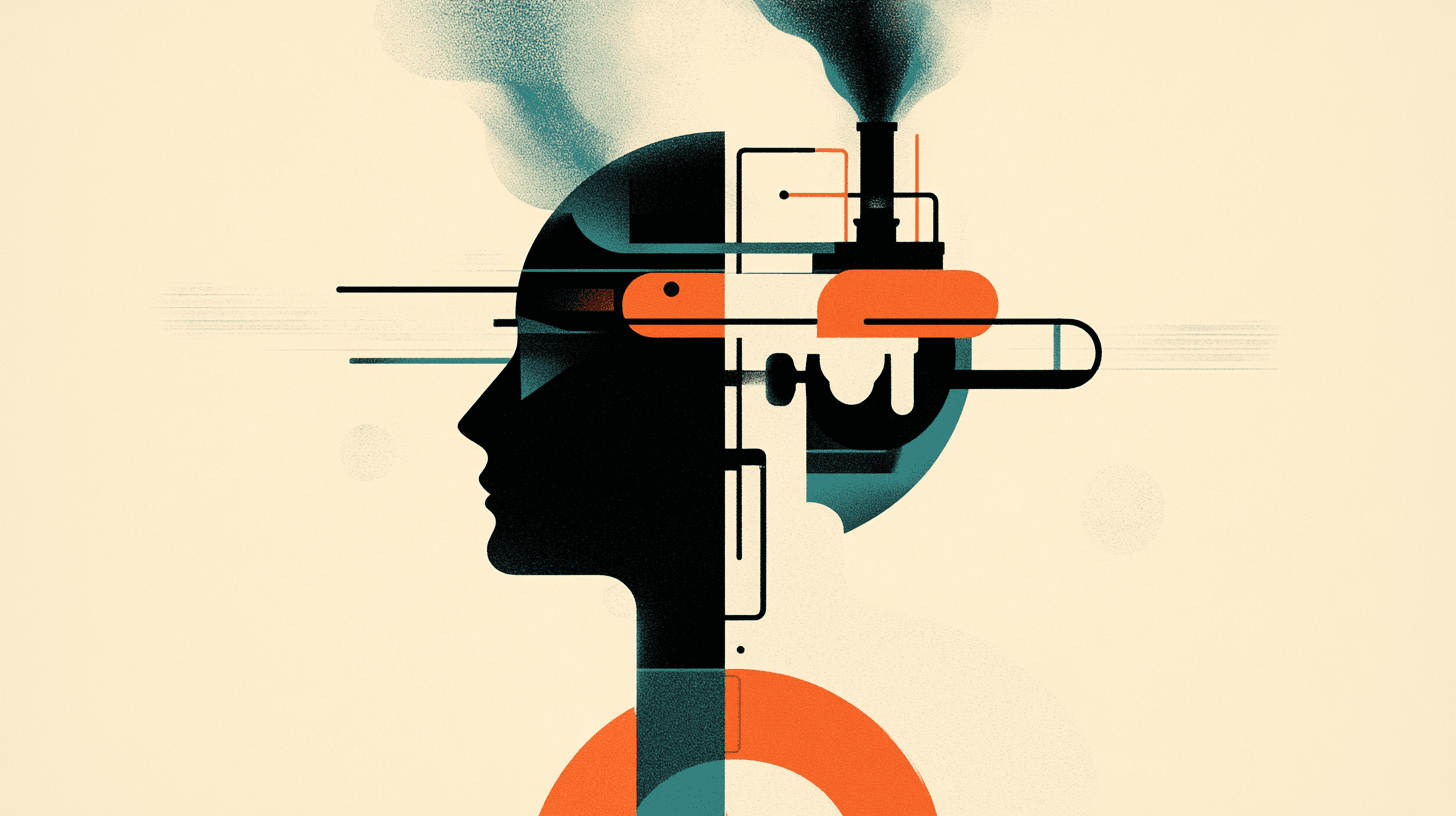
Why AI Will Probably Make You Less Productive (At First...)
Last month, I wrote about the Empathy Gradient, and while it resonated with quite a few people, I wasn’t able to make the full point in that one article. So, I’m going to expand on it through a few more, starting with this one, explaining how a new technology like AI will probably make you less productive before it makes you better. The link to the gradient will become clear in a few minutes.
We tend to forget that new technology is great, but the way it gets adopted is where the real impact begins. The problem is that we rush into embedding tech into our lives without really thinking about it and end up getting frustrated. This is normal and even has a name and graph: the Productivity J-Curve. Before explaining it, let’s look at technology we now take for granted: electricity.
When electricity started to get harnessed, it was a huge change that took more than 70 years for households and 40–50 years for factories. I’m going to talk about that gap separately when I write about the impact of new technology on income inequality, but I want to focus on productivity today, so I will use factories as an example. When factories started electrifying machinery, they just swapped out the old tech, steam, with the new tech, electricity, but they didn’t change the way people worked and still had the layout of the factory based on steam power. Think of the difference between a factory that needs a steam engine in one section—where coal is used to produce steam —and then the whole factory is built to harness that steam through pulleys and large machines. Take a look at the pictures and imagine what it must have felt like to work there.
 The left image shows a typical early 1900s factory using belt-driven machinery, while the right image depicts an 1880s steam-powered factory.
The left image shows a typical early 1900s factory using belt-driven machinery, while the right image depicts an 1880s steam-powered factory.Now, picture what happens when you replace the steam engine with electricity but keep everything else the same. Nothing changes, productivity doesn’t just stay the same, it becomes worse. Electricity was meant to “change everything” (and we know that eventually, it did). The problem is that, in the beginning, it didn’t. Since the factories were designed for steam, simply replacing the power source didn’t have much of an effect.
It wasn’t until the factories were redesigned—taking advantage of the decentralized power of electricity—that we saw an uplift in productivity.
A great example is how Henry Ford changed the factory layout to an assembly line. He couldn’t have done it with the constraints of steam power. The first step was placing machines where needed, and the second step was introducing the moving assembly line through conveyor belts. Now the cars would move past the workers as they performed their tasks, cutting production time from 12 hours to 90 minutes. Take a look at the picture below and compare it to the steam factory.
 An assembly line of the Ford Motor Company.
An assembly line of the Ford Motor Company.Now think of yourself as a factory. Before AI, you needed to get coal (data) and turn it into steam (knowledge and insight) before performing a task. If you try to apply AI to your work without changing the way that you work, it will be like adding electricity to a steam factory. You will get less productive unless you do what Henry Ford did and remap your way of working with the new technology in mind.
That’s exactly what the J-Curve shows:
- At first, AI might slow you down as you figure out how to use AI.
- If you keep working the same way, you won’t see much improvement.
- But if you redesign the way you work with AI in mind, you’ll get the benefits and augment yourself.
 J-curve effect.
J-curve effect.However, if you apply a new way of working with AI in mind—a way to map your tasks, like the Empathy Gradient (you can find it here: The Rationale Behind the Empathy Gradient)—you might be able to reach productivity faster, as shown in the second graph with the added part.
 J-curve effect reduced by a framework to help change the way you work.
J-curve effect reduced by a framework to help change the way you work.Now, I’m obviously biased toward a framework I wrote and my teams use, but the important part isn't necessarily applying the Empathy Gradient. The important part is to rethink the way that you work with AI in mind and move from being a steam-powered factory to an electric one.
With that in mind, the next article will look at how new technologies like electricity and probably now AI have historically increased income inequality partly due to this J-Curve —and what that means for you.
Until then, think about how you’re taking the right steps to adopt this major change that seems to be in every conversation ad nauseam.